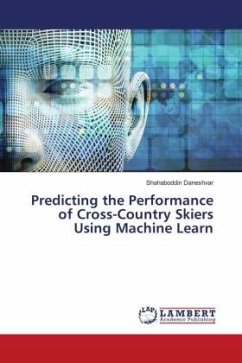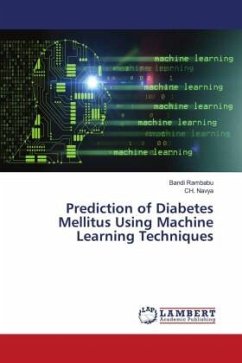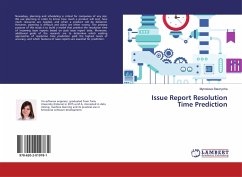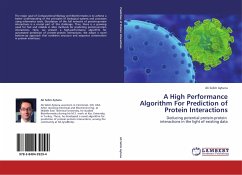The purpose of this thesis is to develop new regular and feature selection-based models for predicting the racing times of cross-country skiers by using machine learning and feature selection methods. Particularly, six popular machine learning methods including Optimized-General Regression Neural Network (OPGRNN), General Regression Neural Network (GRNN), Support Vector Machine (SVM), Multilayer Perceptron (MLP), Radial Basis Function Neural Network (RBFNN), and Single Decision Tree (SDT) have been used, whereas Relief-F has been employed as the feature selector. Several models have been developed to predict the racing time of cross-country skiers using physiological data along with a rich set of survey-based data. By performing 10-fold cross-validation, the prediction errors of the models have been calculated using root mean square error (RMSE). The results emphasize that OPGRNN-based prediction models show superior performance and can be categorized as a feasible tool to predict the racing time of cross-country skiers. Furthermore, significant advantages such as the non-exercise-based usage and the applicability to a broader range of cross-country skiers make the prediction mode.








